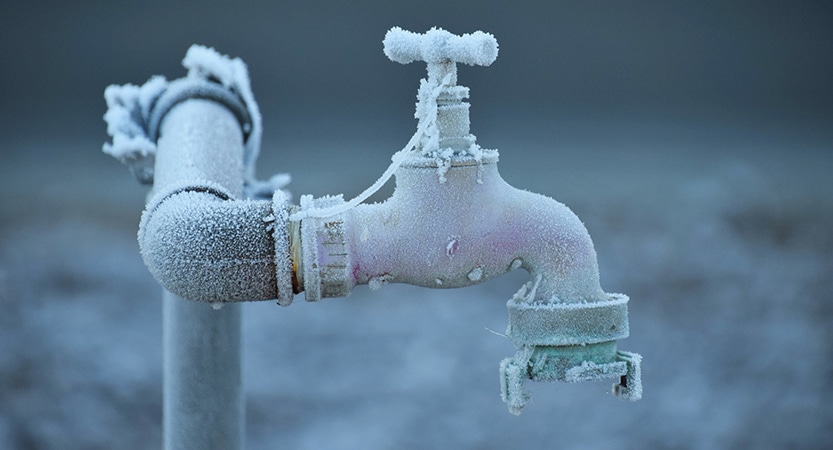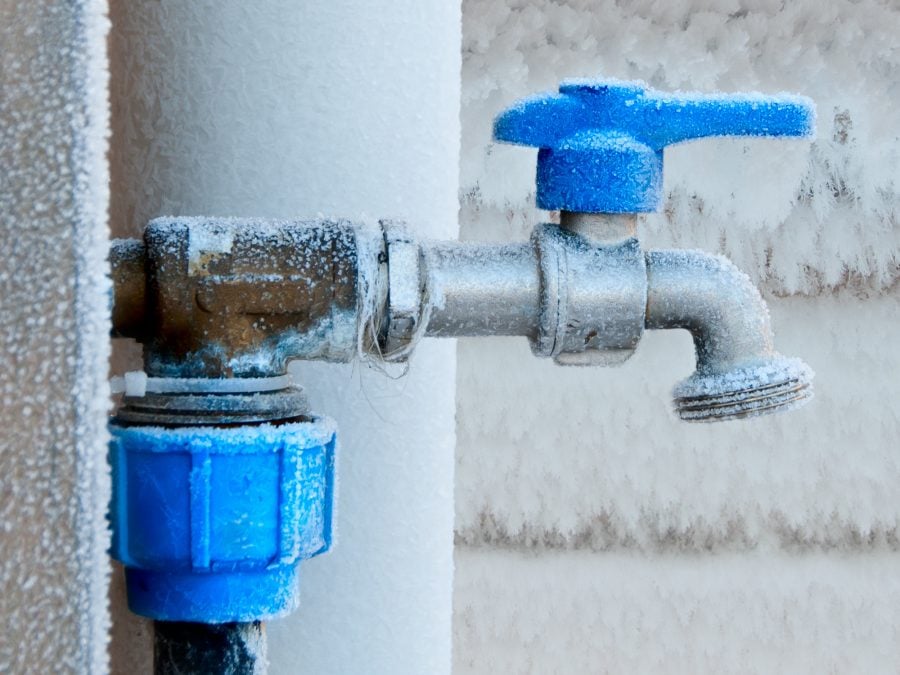Crucial Tips to Prevent Frozen Plumbing in Winter
Crucial Tips to Prevent Frozen Plumbing in Winter
Blog Article
Just how do you actually feel when it comes to How to Prevent Your Pipes From Freezing?

Cold weather can ruin your pipes, especially by freezing pipelines. Right here's just how to stop it from happening and what to do if it does.
Intro
As temperatures decline, the threat of frozen pipes boosts, possibly resulting in costly repair services and water damage. Understanding how to stop frozen pipes is vital for property owners in cool environments.
Comprehending Icy Pipes
What causes pipelines to ice up?
Pipes ice up when exposed to temperature levels below 32 ° F (0 ° C) for expanded durations. As water inside the pipes ices up, it expands, putting pressure on the pipe walls and possibly causing them to break.
Threats and damages
Icy pipes can cause water interruptions, home damages, and costly repairs. Burst pipes can flood homes and cause considerable architectural damages.
Indications of Frozen Pipeline
Identifying frozen pipelines early can stop them from rupturing.
How to determine frozen pipelines
Search for lowered water circulation from faucets, uncommon smells or sounds from pipes, and visible frost on exposed pipes.
Prevention Tips
Shielding at risk pipes
Cover pipelines in insulation sleeves or utilize heat tape to shield them from freezing temperatures. Concentrate on pipes in unheated or exterior locations of the home.
Heating strategies
Keep interior rooms adequately heated up, specifically locations with pipes. Open up closet doors to enable cozy air to flow around pipelines under sinks.
Shielding Outdoor Pipes
Garden pipes and exterior faucets
Separate and drain garden hose pipes prior to winter season. Mount frost-proof faucets or cover exterior taps with insulated caps.
What to Do If Your Pipelines Freeze
Immediate activities to take
If you think icy pipes, keep taps open to eliminate pressure as the ice melts. Use a hairdryer or towels soaked in warm water to thaw pipes slowly.
Long-Term Solutions
Structural adjustments
Take into consideration rerouting pipes away from outside wall surfaces or unheated locations. Include added insulation to attics, basements, and crawl spaces.
Updating insulation
Purchase top notch insulation for pipes, attic rooms, and wall surfaces. Correct insulation assists preserve consistent temperature levels and decreases the risk of icy pipes.
Verdict
Protecting against icy pipes calls for aggressive procedures and fast feedbacks. By understanding the causes, indicators, and preventive measures, house owners can safeguard their pipes during winter.
5 Ways to Prevent Frozen Pipes
Drain Outdoor Faucets and Disconnect Hoses
First, close the shut-off valve that controls the flow of water in the pipe to your outdoor faucet. Then, head outside to disconnect and drain your hose and open the outdoor faucet to allow the water to completely drain out of the line. Turn off the faucet when done. Finally, head back to the shut-off valve and drain the remaining water inside the pipe into a bucket or container. Additionally, if you have a home irrigation system, you should consider hiring an expert to clear the system of water each year.
Insulate Pipes
One of the best and most cost-effective methods for preventing frozen water pipes is to wrap your pipes with insulation. This is especially important for areas in your home that aren’t exposed to heat, such as an attic. We suggest using foam sleeves, which can typically be found at your local hardware store.
Keep Heat Running at 65
Your pipes are located inside your walls, and the temperature there is much colder than the rest of the house. To prevent your pipes from freezing, The Insurance Information Institute suggests that you keep your home heated to at least 65 degrees, even when traveling. You may want to invest in smart devices that can keep an eye on the temperature in your home while you’re away.
Leave Water Dripping
Moving water — even a small trickle — can prevent ice from forming inside your pipes. When freezing temps are imminent, start a drip of water from all faucets that serve exposed pipes. Leaving a few faucets running will also help relieve pressure inside the pipes and help prevent a rupture if the water inside freezes.
Open Cupboard Doors
Warm your kitchen and bathroom pipes by opening cupboards and vanities. You should also leave your interior doors ajar to help warm air circulate evenly throughout your home.

As a reader about Prevent Frozen Pipes , I assumed sharing that information was worthwhile. Do you know about someone else who is in the market for Helpful Tips to Prevent Frozen Pipes this Winter? Why not share it. Thanks a bunch for being here. Kindly check up our website back soon.
Hire A Pro Report this page